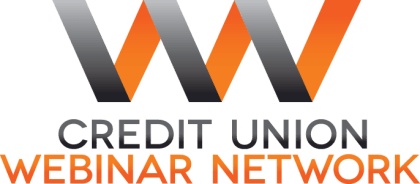Why Is That Revolving Line of Credit Not Revolving?
On-Demand Webinar:
StreamedMar 12, 2024Duration90 minutes
- Unlimited & shareable access starting two business days after live stream
- Available on desktop, mobile & tablet devices 24/7
- Take-away toolkit
- Ability to download webinar video
- Presenter's contact info for questions
Is a revolving line of credit (LOC) meant to be static or dynamic?
What should happen if a
borrower’s short-term LOC becomes permanent working capital? Do you understand
the asset conversion cycle? Join this insightful webinar to learn the answers
to these questions and even more about revolving LOCs for commercial borrowers.
AFTER THIS
WEBINAR YOU’LL BE ABLE TO:
- Educate borrowers on the proper use of a line of credit
- Determine the proper amount of a line of credit
- Understand what causes a line of credit to become permanent working capital
- Analyze the asset conversion cycle to determine the impact on borrowings under the line of credit and to properly structure credit facilities
- Identify how much of the line of credit should be converted to a term loan at maturity
WEBINAR DETAILS
How many times have you made available a revolving line of credit for commercial borrowers who
borrow up to the maximum credit limit and keep the balance at that point all
year? When this occurs, it is often referred to as an “evergreen,” “floored-in,”
or “permanent” line of credit – and often frustrates lenders.
To be repaid, financial institutions must convert
all or a portion of the LOC into a term loan. LOCs should be used to fund
short-term obligations, such as payments to suppliers, payroll, taxes, and
other immediate operational needs until the current assets are converted to
cash. The conversion of assets to cash, known as the asset
conversion cycle or the operating cycle, is key to understanding why that
revolving line of credit is not revolving.
This session will examine in detail what causes a
borrower’s short-term line of credit to become permanent working capital -
whether intentional or unintentional. The presentation will distinguish between
the two and provide a deeper understanding of the impact and interrelationship
of sales, current assets, profits, cash flow, and creditors on the line of
credit.
WHO SHOULD ATTEND?
This informative webinar is designed for credit analysts, branch managers, consumer lenders, commercial lenders, loan review personnel, senior lending officers, senior credit officers, chief financial officers, and senior loan committee members.
TAKE-AWAY TOOLKIT
- List of reasons why revolving lines of credit stop revolving
- Formula to determine the proper amount to offer under a line of credit
- Employee training log
- Interactive quiz
- PDF of slides and speaker’s contact info for follow-up questions
- Attendance certificate provided to self-report CE credits
NOTE: All materials are subject to copyright. Transmission, retransmission,
or republishing of any webinar to other institutions or those not employed by
your institution is prohibited. Print materials may be copied for eligible
participants only.
Presented By
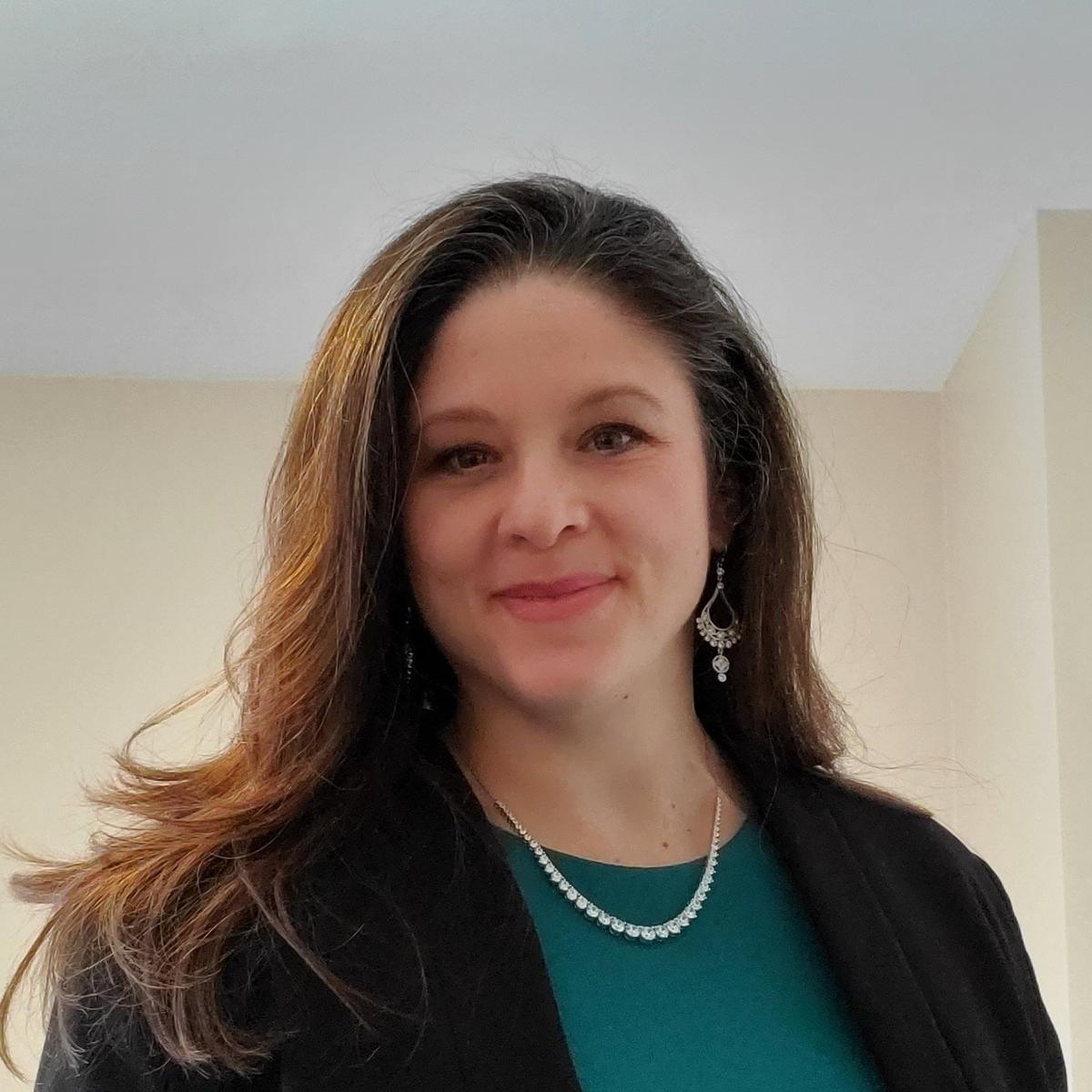
Bankers Insight Group, LLC
Other Webinars That Might Interest You

Creating the Right Enterprise Risk Management (ERM) Program
by Marcia Malzahn

Real Estate Loan Documentation Basics
by Dawn Kincaid
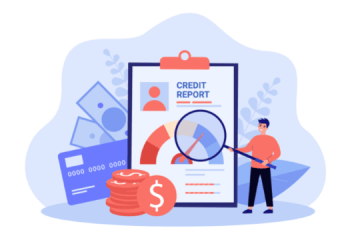
Credit Reporting Risks in the Banking Environment
by David A. Reed
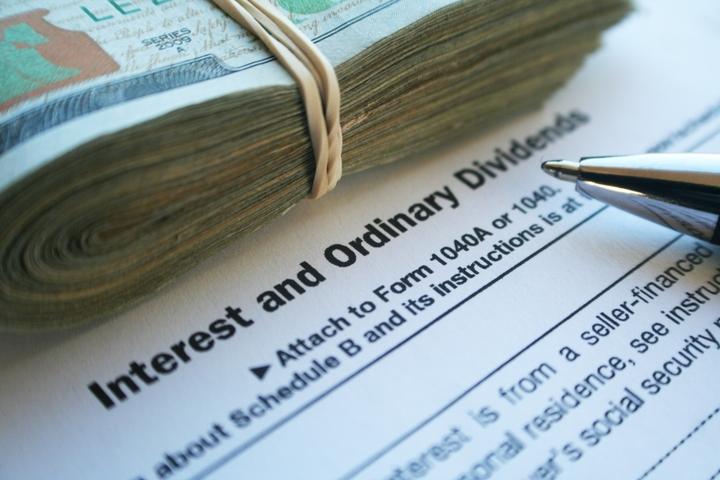
Deciphering Tax Returns Part 1: Form 1040, Schedules B & C
by Timothy P. Harrington
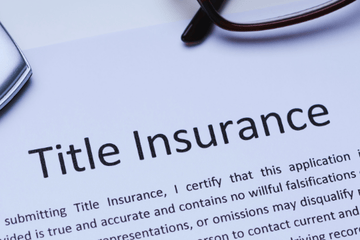
Title Insurance in Lending: Risk, Recovery & Real Estate Protections
by Shelli Clarkston

Escrow Excellence: From Loan Estimate to Annual Analysis
by Molly Stull

Why Is That Revolving Line of Credit Not Revolving?
by Carolyn Normand

HELOC How-To: From Application to End
by Molly Stull

Troubled Loan Modification Recommended Practices
by Stephen J.M. Schiltz
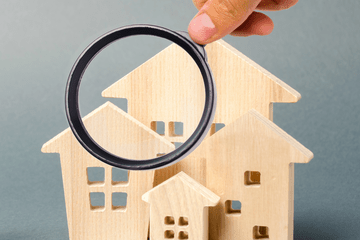
Consumer RE Appraisals: Ordering, Controls, Thresholds, USPAP Requirements & Compliance
by Dawn Kincaid
© 2025 FINANCIAL EDUCATION & DEVELOPMENT, INC
